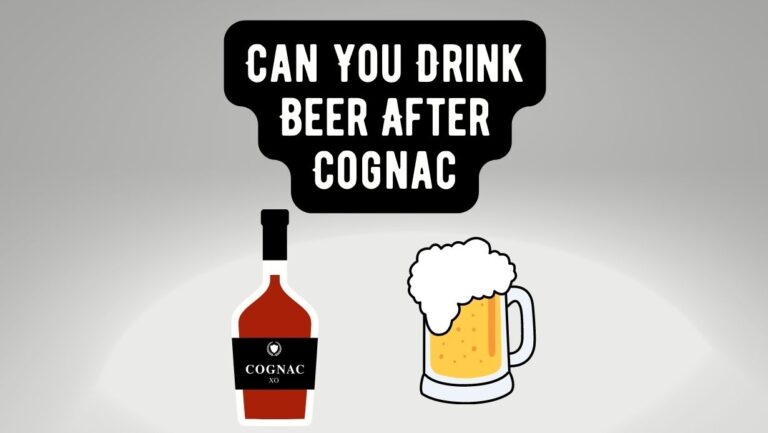
Cognac is a renowned and esteemed spirit known for its exceptional quality and craftsmanship. However, like any other wine or spirit sealed with a cork, there is a possibility of encountering a corked bottle of cognac. In this article, we will explore the phenomenon of cork taint in cognac, understand its causes and effects, and discuss how to identify and prevent corked cognac. By gaining insights into this issue, cognac enthusiasts can better appreciate and enjoy their beloved spirit.
What is Cork Taint?
1.1 Definition and Causes: Cork taint, also known as “corked” or “cork contamination,” is a term used to describe a fault in wine and spirits caused by a compound called 2,4,6-trichloroanisole (TCA). TCA is typically formed when natural cork comes into contact with chlorine-based compounds used in cleaning and disinfecting processes in the cork industry. When a bottle is affected by cork taint, it can result in off-flavors and aromas, significantly diminishing the quality of the cognac.
1.2 Transferability: Cork taint can be transferred from a contaminated cork to the liquid inside the bottle, affecting the cognac’s flavor and aroma. However, it is important to note that corked cognac is relatively rare compared to wine, as the higher alcohol content and longer aging process of cognac can sometimes mask the presence of TCA.
Identifying Corked Cognac
2.1 Aromas and Flavors: Cork taint in cognac can manifest in various ways, affecting its aromas and flavors. Common characteristics of corked cognac include a musty or moldy odor, damp cardboard or wet dog-like smells, and a muted or dulled taste profile. These off-notes can significantly detract from the desirable qualities of the cognac.
2.2 Sensory Evaluation: To identify corked cognac, it is crucial to engage in sensory evaluation techniques. Carefully observe the aroma, paying attention to any unusual or unpleasant odors. Similarly, take note of any muted or off-flavors while tasting the cognac. Comparing the cognac to a known, untainted sample can help identify any significant differences.
2.3 Trusting Your Senses: Trusting your senses is paramount when identifying corked cognac. If you detect unfamiliar or unpleasant aromas and flavors that deviate from the expected profile of the cognac, it may be an indication of cork taint. Developing a well-trained palate and experience with various cognacs can enhance your ability to discern corked samples.
Preventing Corked Cognac
3.1 Quality Control Measures: Cognac producers and bottlers implement rigorous quality control measures to minimize the risk of cork taint. This includes working closely with reputable cork suppliers, employing strict cleanliness protocols, and conducting sensory evaluations to detect any potential issues before bottling. These measures aim to ensure that only high-quality, untainted cognac reaches consumers.
3.2 Alternative Closures: To mitigate the risk of cork taint, some cognac producers have begun exploring alternative closures. These include synthetic corks, screw caps, and glass stoppers, which eliminate the potential for cork-related taint. While traditional cork closures remain the most prevalent in the industry, alternative closures offer a viable option for those concerned about cork taint.
3.3 Proper Storage: Proper storage of cognac is crucial to maintain its quality and reduce the risk of cork taint. Cognac should be stored upright in a cool, dry place, away from direct sunlight and extreme temperature fluctuations. This helps to prevent moisture from seeping into the cork and potentially causing taint.
Dealing with Corked Cognac
4.1 Returning or Exchanging: If you suspect a bottle of cognac is corked, it is advisable to contact the retailer or place of purchase. Many reputable establishments have policies in place to handle such situations and may offer a replacement or refund. Providing detailed information about the bottle and its perceived cork taint will assist in the resolution process.
4.2 Education and Awareness: Increasing consumer awareness about cork taint in cognac is essential. Educating cognac enthusiasts about the signs and symptoms of corked cognac empowers them to make informed decisions and contribute to the demand for high-quality, untainted bottles. Sharing knowledge within the cognac community can help create a collective consciousness about cork taint and drive industry-wide improvements.
Conclusion
While cork taint in cognac is relatively uncommon compared to wine, it remains a possibility due to the use of natural corks in the industry. Understanding the concept of cork taint, being able to identify its presence, and taking preventive measures are crucial for cognac enthusiasts. By recognizing the signs of corked cognac, consumers can make informed choices, promote quality control, and contribute to the enjoyment of untainted and exceptional cognac experiences.






